Jan 26, 2021
Five things to watch ahead of Tuesday’s Hall of Fame voting reveal
TSN.ca takes a look at some of the big storylines going into this year’s Baseball Hall of Fame announcement scheduled for Tuesday evening.
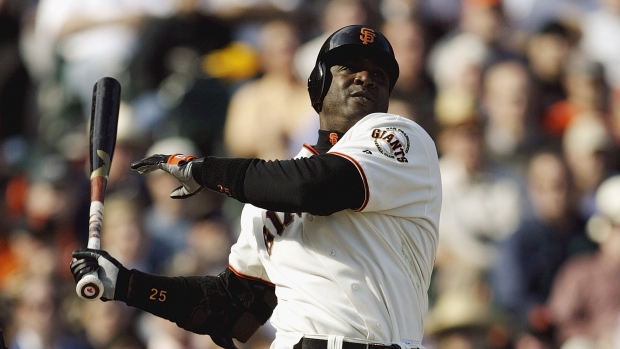
Add the annual Baseball Hall of Fame induction watch to the very long list of things that don’t feel quite the same this year.
For starters, last year’s class of Derek Jeter, Canadian Larry Walker and Modern Era Committee electee Ted Simmons never got their day of speeches and sunglasses as the Hall of Fame announced in April they would postpone the 2020 induction ceremony to the following summer because of COVID-19. The 2021 induction ceremony is scheduled for July 25, but it stands to reason that everything is tentative at this point. Even if Cooperstown is able to pull it off, what might the weekend even look like? At this point we have far more questions than answers.
Another thing working against this year’s announcement? The class itself. Unlike last year (Jeter) or the year before (Mariano Rivera) there are no slam dunk first-year nominees and it’s very possible the only new members that get inducted this year come from 2020’s class. If any, that is.
Nonetheless, the Hall of Fame always demands attention. Baseball has no higher honour after all. Ahead of Tuesday night’s reveal, here are five storylines to keep an eye on as Cooperstown gets set to welcome new members to baseball’s most elite club this summer – hopefully in person.
1. The Schilling dilemma
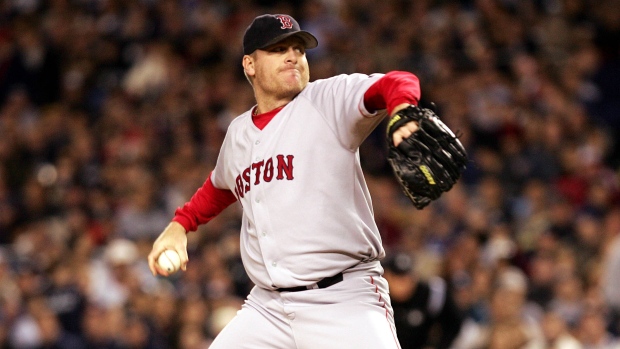
Curt Schilling was an extraordinary pitcher.
Over 20 big league seasons, he compiled a record of 216-146, a 3.46 ERA, led the league in wins twice, was elected to six All-Star Teams, won three World Series titles and was named World Series MVP in 2001 after allowing a total of four earned runs in three separate starts. Schilling also owns a career bWAR of 79.5, which is higher than Brooks Robinson, Derek Jeter, Tony Gwynn and John Smoltz. He had an absolutely phenomenal career no matter how you slice it.
But then there’s the other side of Schilling, the side that has pushed voters away in recent years with inflammatory political commentary and accusations of Islamophobia, racism and transphobia. Schilling was first suspended from his job at ESPN for an anti-Muslim tweet and later fired for transphobic comments made on Facebook. He also defended the storming of the U.S. Capitol on Twitter on Jan. 6, however that came after ballots were due from members of the Baseball Writers’ Association of America. According to Forbes, numerous BBWAA members asked to amend their ballots following the tweet.
According to Baseball Hall of Fame ballot tracker Ryan Thibodaux, Schilling was polling at 75.3 per cent as of Monday night – just barely above the 75 per cent threshold needed to gain entry. Thibodaux’s model states he will need 74.8 per cent of the remaining ballot. Reputation aside, Schilling isn’t likely to get it as most candidates see a sharp decline in support among ballots that were not made publicly available prior to the induction announcement.
Schilling missed the Hall last year by 5 per cent and saw a 22.9 per cent drop from public to private ballots. If that trend holds true again, voters will once again be asked to consider the pitcher vs. the man in 2022, which will be his 10th and final year of voting eligibility.
2. Time running out for Bonds, Clemens
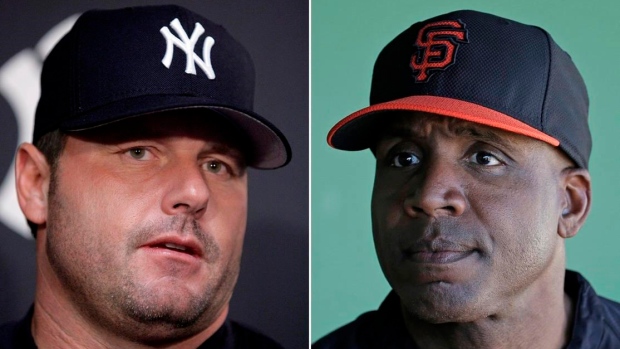
We’ve been having the Barry Bonds-Roger Clemens debate for what feels like forever now and not much has changed – it’s clear there is still a divide among writers on how to perceive the use of performance-enhancing drugs and the era they were prevalent in.
The duo is in their penultimate year of eligibility, so the clock is ticking.
Bonds and Clemens have seen minor increases of support in each of the last several years but it hasn’t been near enough. Two Januarys ago, Clemens sat at 59.5 per cent and Bonds at 59.1. Last year saw them move – or more accurately, crawl – to 61.0 and 60.7, respectively. At that rate, they’d need another 10 years on the ballot to finally get in.
But there may be hope. For whatever reason, public support seems to have jumped considerably this year. Thibodaux’s tracker had Bonds at 72.5 per cent and Clemens at 72.0 Monday – well up from Bonds’ 64.1 and Clemens’ 63.8 in 2020. It still isn’t likely to result in induction according to the data, but if they end up taking a big step forward this year, would it be crazy to imagine them having a shot in 2022?
Like Schilling, the real referendum may not happen now. But it’s coming.
3. A light first-year class
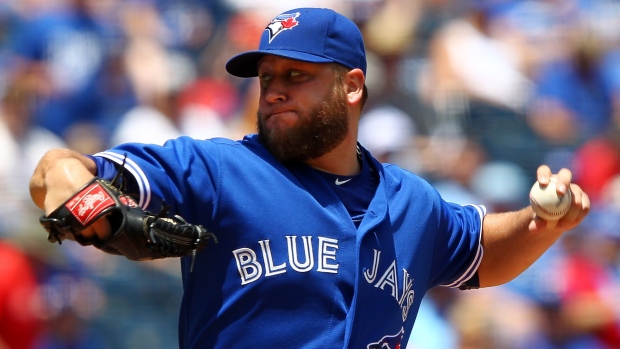
Last year had Jeter. The year before had Rivera and Roy Halladay. Before that it was Jim Thome and Chipper Jones and 2017 had Ivan Rodriguez.
After a pretty strong wave of first years, that trend is breaking this time around.
On the ballot for the first time in 2021 is Mark Buehrle, A.J. Burnett, Michael Cuddyer, Dan Haren, LaTroy Hawkins, Tim Hudson, Torri Hunter, Aramis Ramirez, Nick Swisher, Shane Victorino and Barry Zito.
That’s a pretty impressive list of decorated players… for almost anything but the Hall of Fame.
It’s safe to say this year will be the first time since 2013 where no first timers get in. The more pertinent question: Will any stay on the ballot?
Voting rules stipulate a player must receive at least five per cent to remain eligible for next year. As of Monday, Buehrle (7.7), Hudson (3.8) and Hunter (4.9) have a shot. Hawkins and Ramirez (0.5) have just one public vote apiece while Haren, Cuddyer, Swisher, Victorino, Zito and Burnett don’t have any.
But don’t forget how good these players were. They have 29 All-Star appearances between them and played massive roles on their respective teams throughout their lengthy careers.
Cooperstown isn’t easy to get into and it isn’t supposed to be.
4. Middle eligibility candidates gaining steam
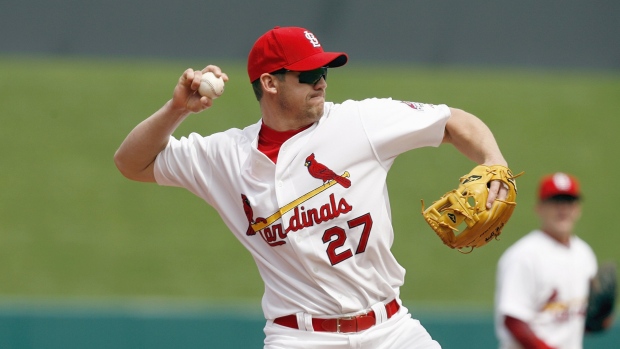
Last year, none of Todd Helton (29.2), Gary Sheffield (30.5), Scott Rolen (35.3), Billy Wagner (31.7) or Andruw Jones (19.4) came all that close to gaining entry.
And they probably won’t in 2021 either. But every single one of them is making strides.
All five have double-digit percentage point gains and Jones, Helton and Rolen all had 20-plus point bumps as of Monday according to Thibodaux. Again, that’s likely to decrease at Tuesday’s reveal, but it’s a very favourable trend for those three, especially considering they’re all in the middle stages of eligibility.
Some context: Larry Walker finished with just 34.1 per cent of the vote in 2018. Two years later, he was in.
As the years go on, don’t be shocked if any – or all – of these players gain induction.
5. What about next year?
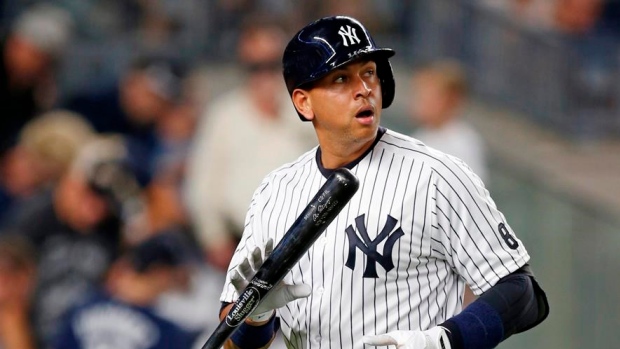
It’s only fitting that the final year of BBWAA eligibility for Bonds and Clemens is the first year for Alex Rodriguez and David Ortiz.
All four players can be painted with the same brush – their numbers, legacies and accomplishments should make them first-ballot inductees. But it’s more complicated than that. Probably even more so with Rodriguez and Ortiz.
Both were named in the Mitchell Report – a list of players that tested positive for PEDs in 2003 that was eventually released four years later – and Rodriguez was suspended the entire 2014 season for his involvement in the Biogenesis scandal. In theory, they’re just as easy to associate with PEDs than Bonds and Clemens – and Rodriguez probably even more so.
A-Rod has restored his reputation in recent years and is fairly popular as a broadcaster in ESPN's Sunday Night Baseball booth. Ortiz, also having worked in baseball media since his retirement, was a fan favourite almost anywhere not named New York throughout his career. Will that matter? Should it?
Like everything else with regards to Hall of Fame voting, it's open for interpretation.
Also on the ballot for the first time in 2022 includes Jimmy Rollins, Ryan Howard, Mark Teixiera, Carl Crawford, Prince Fielder and Canadian Justin Morneau.

